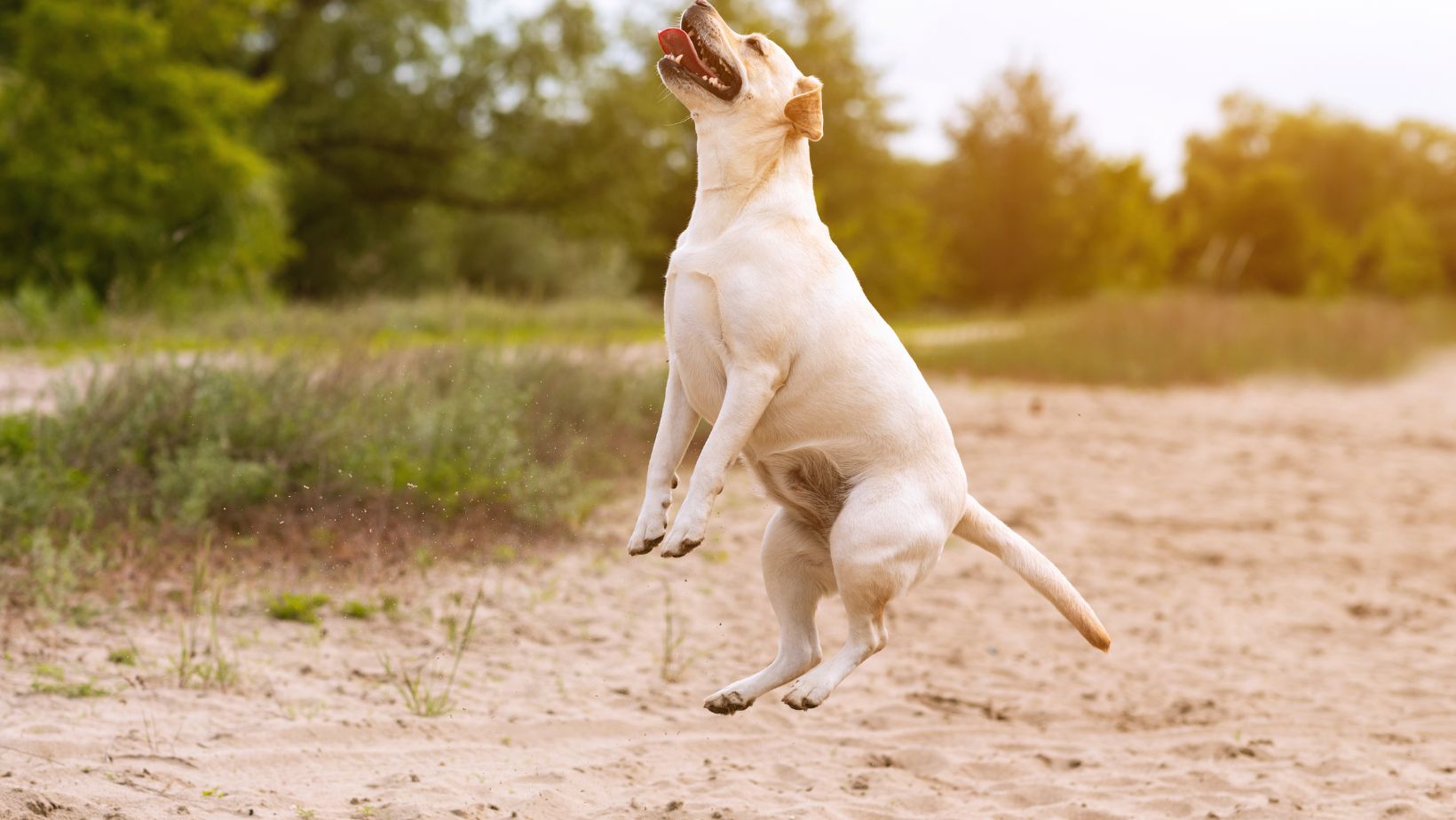How to Stop Dog Car Sickness
If you’re a dog owner who loves to take your labrador on car rides, but they always seem to get sick, I understand your frustration. Dealing with dog car sickness can be quite challenging and disheartening. However, there are steps you can take to help alleviate this problem and make car rides more enjoyable for both you and your furry friend.
Firstly, it’s important to gradually introduce your labrador to the idea of being in a moving vehicle. Start by taking short trips around the block and gradually increase the duration as their comfort level improves. This will help them become accustomed to the motion of the car and reduce anxiety.
Another helpful tip is to ensure proper ventilation inside the car. Opening a window or using a fan can provide fresh air and help prevent feelings of nausea. Additionally, consider using a pet-friendly travel crate or harness to provide stability during the ride. This will not only keep your labrador safe but also minimize any motion-induced discomfort.
Finally, consult with your veterinarian about potential medications or natural remedies that may help manage dog car sickness. They can recommend suitable options based on your labrador’s individual needs.
By following these tips and being patient, you’ll be able to address your labrador’s car sickness issue effectively. Soon enough, you’ll be enjoying stress-free road trips together!
Understanding Dog Car Sickness
When it comes to traveling with our furry friends, one common challenge that many dog owners face is car sickness. It can be quite distressing to see our beloved labrador drooling excessively, panting heavily, or even vomiting during car rides. In order to tackle this issue effectively, it’s important to understand the root causes of dog car sickness.
Motion sickness in dogs is often triggered by a conflict between what their eyes perceive and what their inner ear senses. The inner ear helps maintain balance in the body and detects motion, while the eyes provide visual input. When these two sensory systems send conflicting signals to the brain – such as when a dog is sitting still inside a moving vehicle – it can lead to feelings of nausea and discomfort.
There are several factors that may contribute to your labrador experiencing car sickness. Some dogs may have a genetic predisposition for motion sensitivity, while others may develop it due to past negative experiences or lack of exposure to car rides during early puppyhood. Additionally, anxiety or stress related to travel can also exacerbate symptoms of car sickness in dogs.
Recognizing the signs of dog car sickness is crucial for effective intervention. Symptoms can vary from mild drooling and restlessness to more severe manifestations like excessive panting, vomiting, or even defecating inside the vehicle. If you notice any of these signs in your labrador during car rides, it’s essential to address them promptly.
In my experience as an expert blogger, I’ve found that there are various strategies you can employ to help alleviate dog car sickness. Simple measures such as ensuring proper ventilation inside the vehicle by cracking open windows slightly and avoiding heavy meals before travel can make a significant difference. Gradually acclimating your labrador to short trips and providing positive reinforcement through rewards or treats can also help desensitize them over time.
Additionally, there are products available on the market that specifically target alleviating dog car sickness. These may include anti-nausea medications, herbal remedies, or specialized calming aids designed to reduce anxiety and motion sensitivity.
Remember, every dog is unique, so it may take some trial and error to find the most effective solution for your labrador’s car sickness. By understanding the underlying causes, recognizing the signs, and implementing appropriate interventions, you can help ensure a more comfortable and enjoyable travel experience for both you and your furry companion. Identifying the Symptoms.
